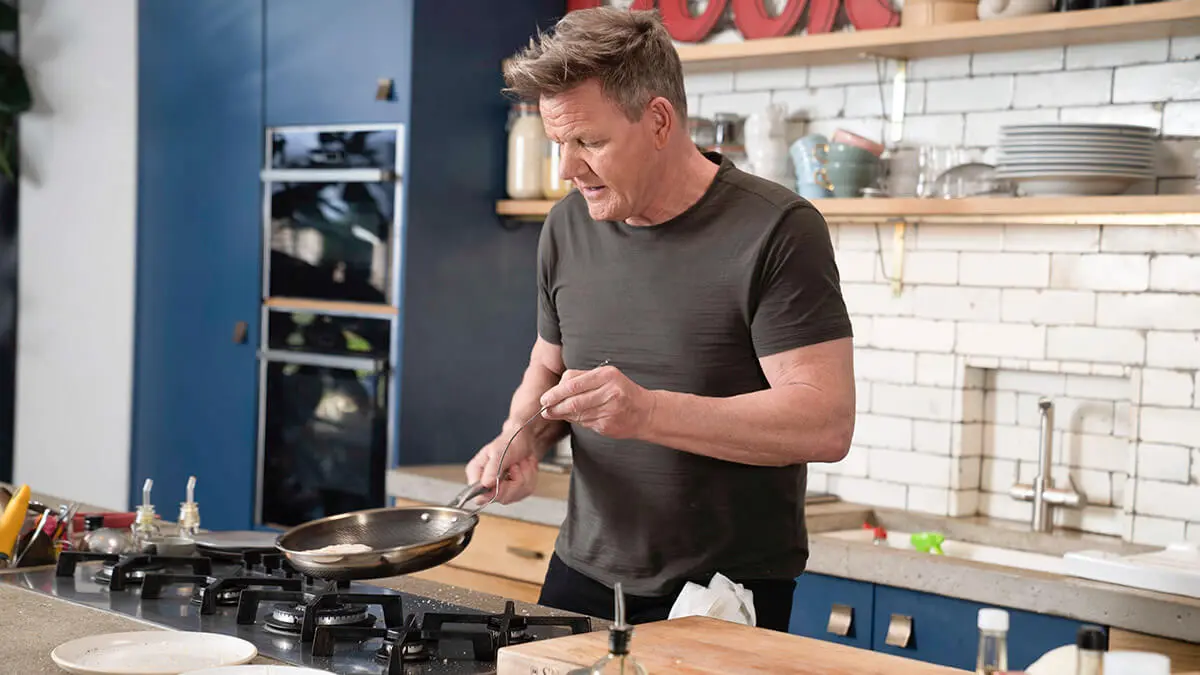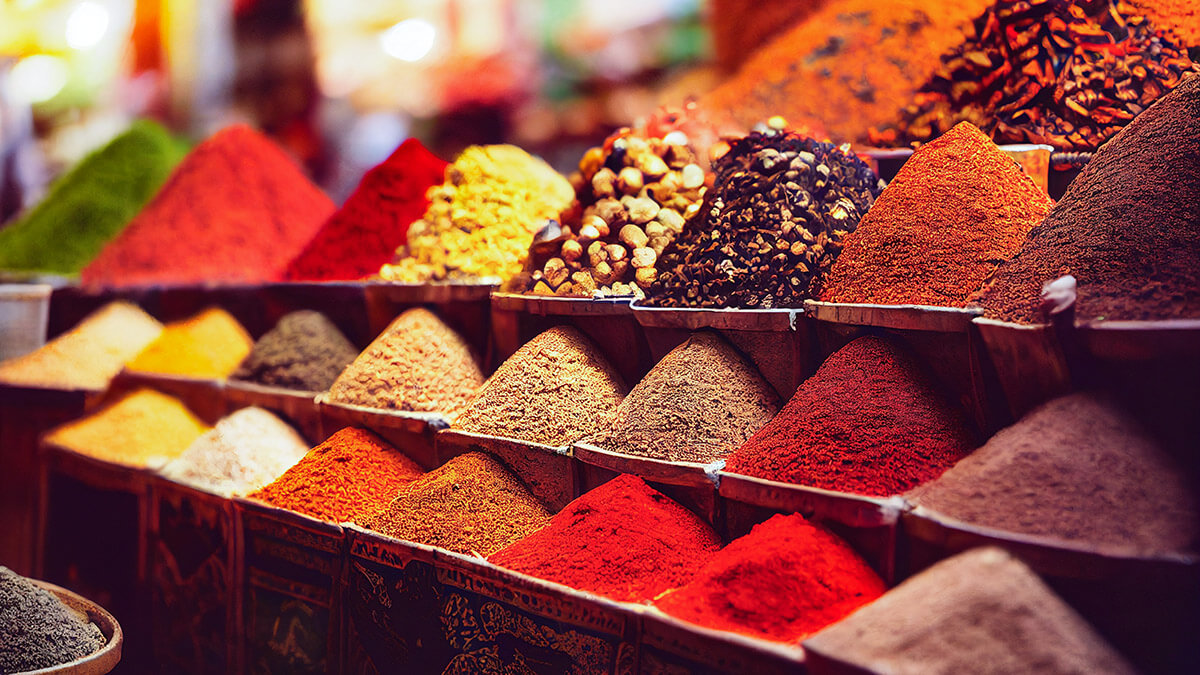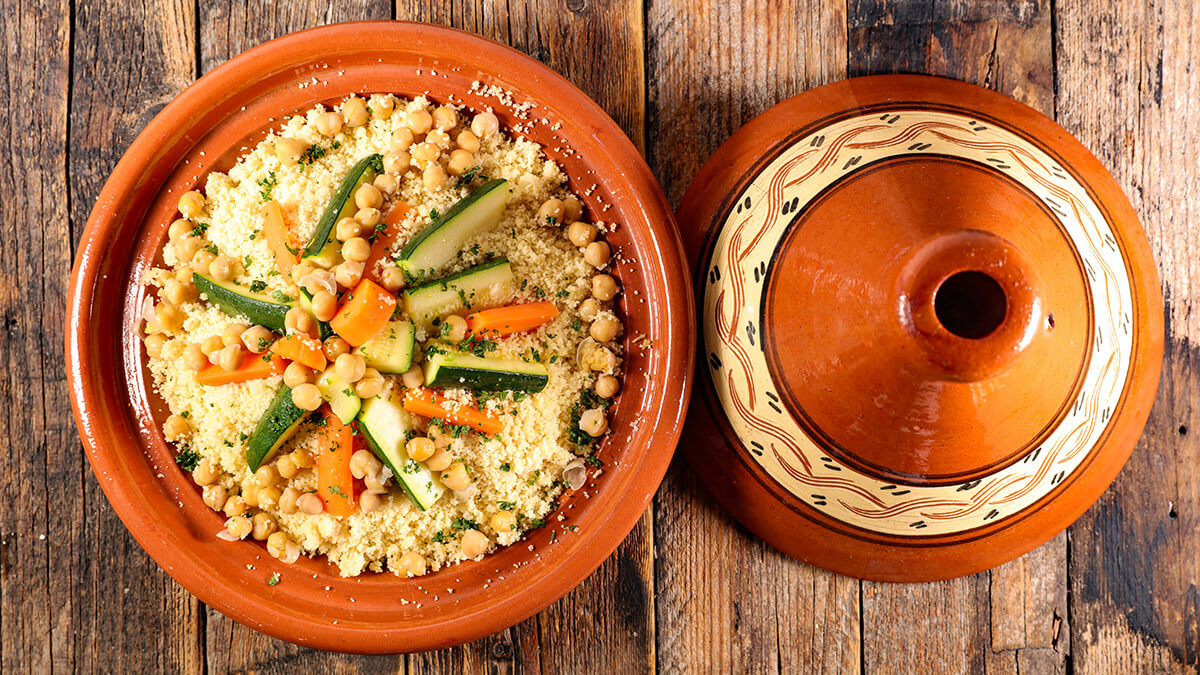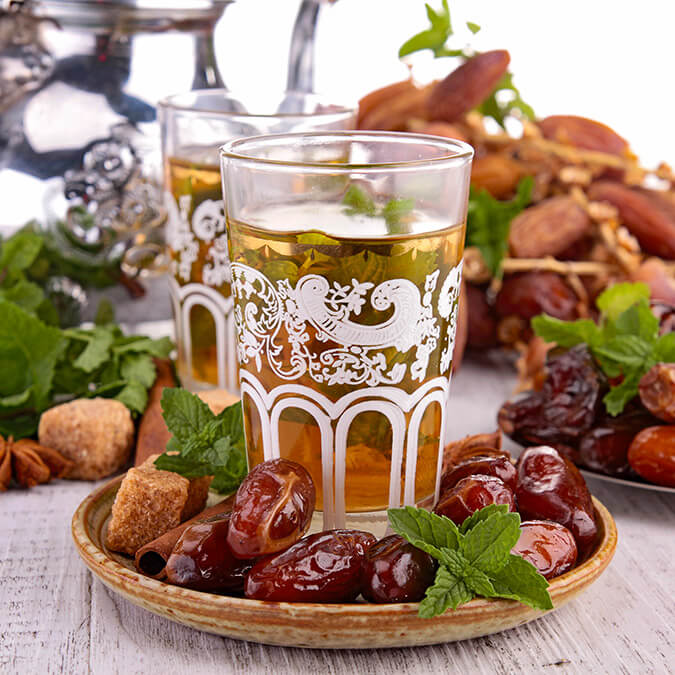
The competition between Moroccan and Mexican cuisines went on until the last round before Morocco finally took the top spot for the first time in its history, as it previously ranked second in 2017 and third in 2019, both according to the British blog ‘Worldsim Travel’.

Not only does the country offer visitors an unforgettable culinary journey, but it also has great places and cities such as Marrakech, Fez, Agadir and Rabat; cities that are world-renowned as gastronomic destinations.
In Morocco you don’t have to go to a big restaurant to eat well. Street food is also an integral part of the experience. Markets offer delicious cuisines such as marinated meats, fresh seafood and traditional desserts to suit every palate.
For the full experience, the world’s leading chefs recommend taking local food tours and cooking classes, which allow you to explore the ins and outs of Moroccan food, where you can learn traditional culinary techniques and gain hands-on experience in the Moroccan culinary arts.
Moroccan cuisine can be divided into starters, main courses, main courses and desserts.
Starters
Moroccan appetizers are generally served at the beginning of meals, and come with the main courses, this varies according to the region. Popular choices include a Moroccan salad of raw or cooked vegetables, briouats stuffed with chicken or minced meat, ratatouille with peppers, tomatoes known as taktouka and the famous Zaalouk (a purée of aubergine). Each dish is marinated in a unique way, highlighting its distinctive flavours and colours.

Main courses
As for the main dishes, they consist of a different variety, the most important of which is couscous, which has its origins in the Amazigh tradition, a quintessential Moroccan dish that is widely enjoyed by people in homes and restaurants. This versatile and traditionally popular dish is eaten on Friday. Depending on the region, it can be served with meat, vegetables, fish, chicken or even sweet additions, and is often served with vegetable broth to enhance its flavours.

Tajine is also one of Morocco’s most beloved dishes. This dish is known for its unique cooking method and its many varieties. Ingredients such as fish, chicken, meat, vegetables and sometimes nuts, peaches and apricots are slow-cooked with a mixture of spices, which enhances its rich flavour.
Tangia is also one of Morocco’s most beloved dishes. This dish is known for its unique cooking method and its many varieties. Ingredients such as fish, chicken, meat, vegetables and sometimes nuts, peaches and apricots are slow-cooked with a mixture of spices, which enhances its rich flavour.

Harira is a traditional Moroccan soup, famous for its nutritious blend of pulses, tomatoes, pasta and flour. This delicious dish is often enjoyed during Ramadan and is served in many restaurants.
Rafissa, also known as ‘Trid’, is an ancient Moroccan dish that originated in Casablanca. This delicious dish is prepared with delicate or fed Moroccan pancakes, chicken in onion broth, coriander, Ras El Hanout, lentils and rim.
Second courses
Chebakia is the second main course in Morocco, and is the country’s most popular and beloved pastry. Often served alongside Moroccan soup or as a tea supplement, this delicious dessert is traditionally prepared during the holy month of Ramadan.
These cakes feature ground almonds topped with delicate pastries with a hint of orange blossom water, and are the perfect accompaniment to fresh green tea with mint
Drinks
Atay or mint green tea is a festive drink deeply rooted in Moroccan tradition. This refreshing tea is usually served in small coloured cups. Whether in the city or in the countryside, it is traditionally poured from a height of one metre. Mint tea is often served to guests as a symbol of hospitality.

The presence of milk (fermented milk) is essential as a garnish with couscous and rib (traditional Moroccan yoghurt). In the northern regions, goat’s cheese is a staple, while in the desert, camel cheese is a delicacy worth trying. Visitors to Morocco should be sure to embark on a gastronomic exploration tour, where there will be the opportunity to explore the vibrant culinary world, from busy street souks to traditional restaurants and sample the country’s diverse and delicious dishes.

The visit will not be complete without a tour of the spice markets; where you will dive deep into the heart of Moroccan cuisine discovering the aromatic spices, which characterise Morocco’s delicious dishes. From colourful markets to expert spice merchants
In Morocco, a variety of gastronomic tours can be found in cities such as Marrakech and Casablanca, from exploring popular foods to in-depth tours focusing on local cuisine. These tours provide a unique opportunity to enjoy the authentic flavours of Morocco while learning about the cultural significance of each dish.
